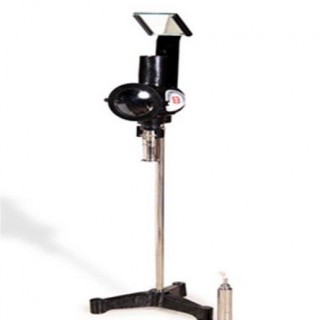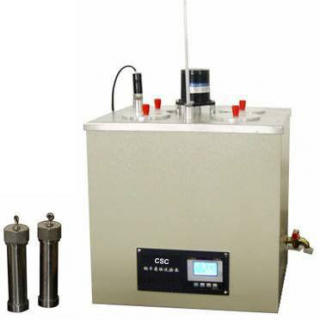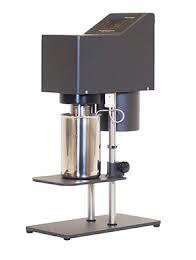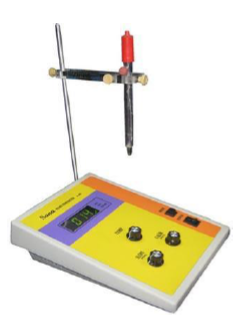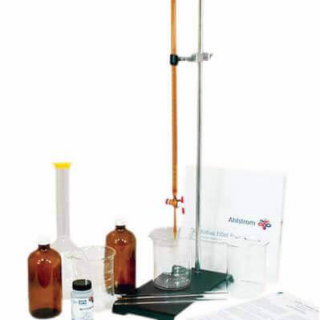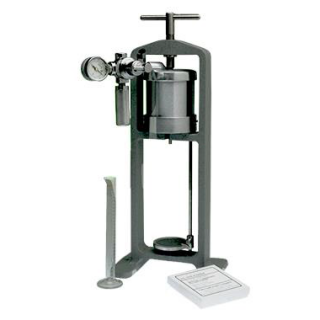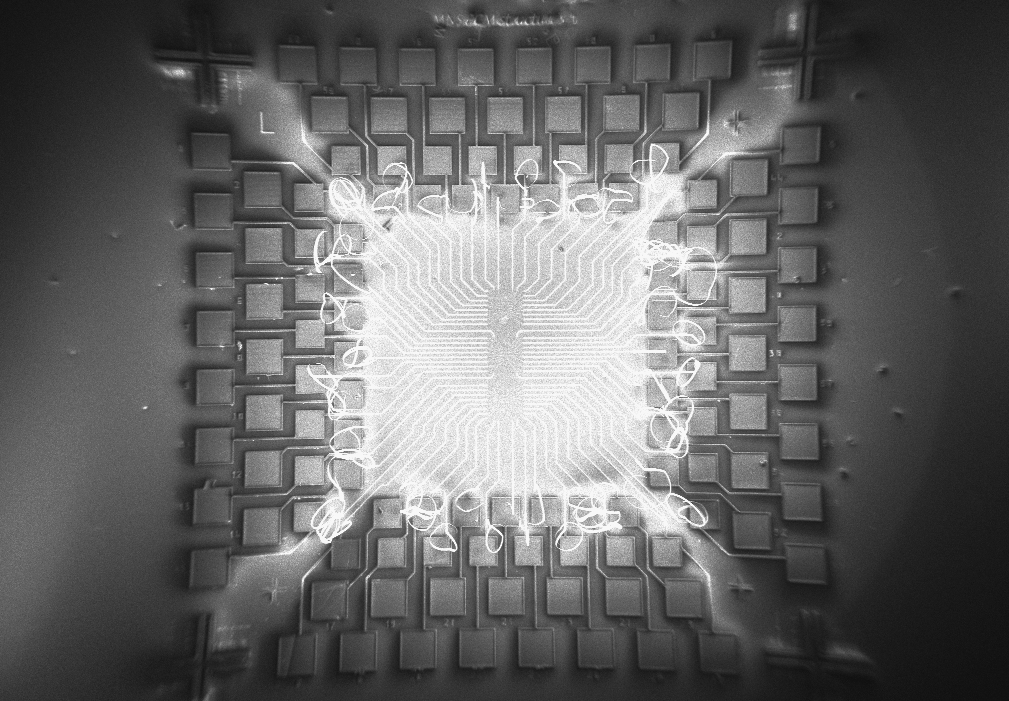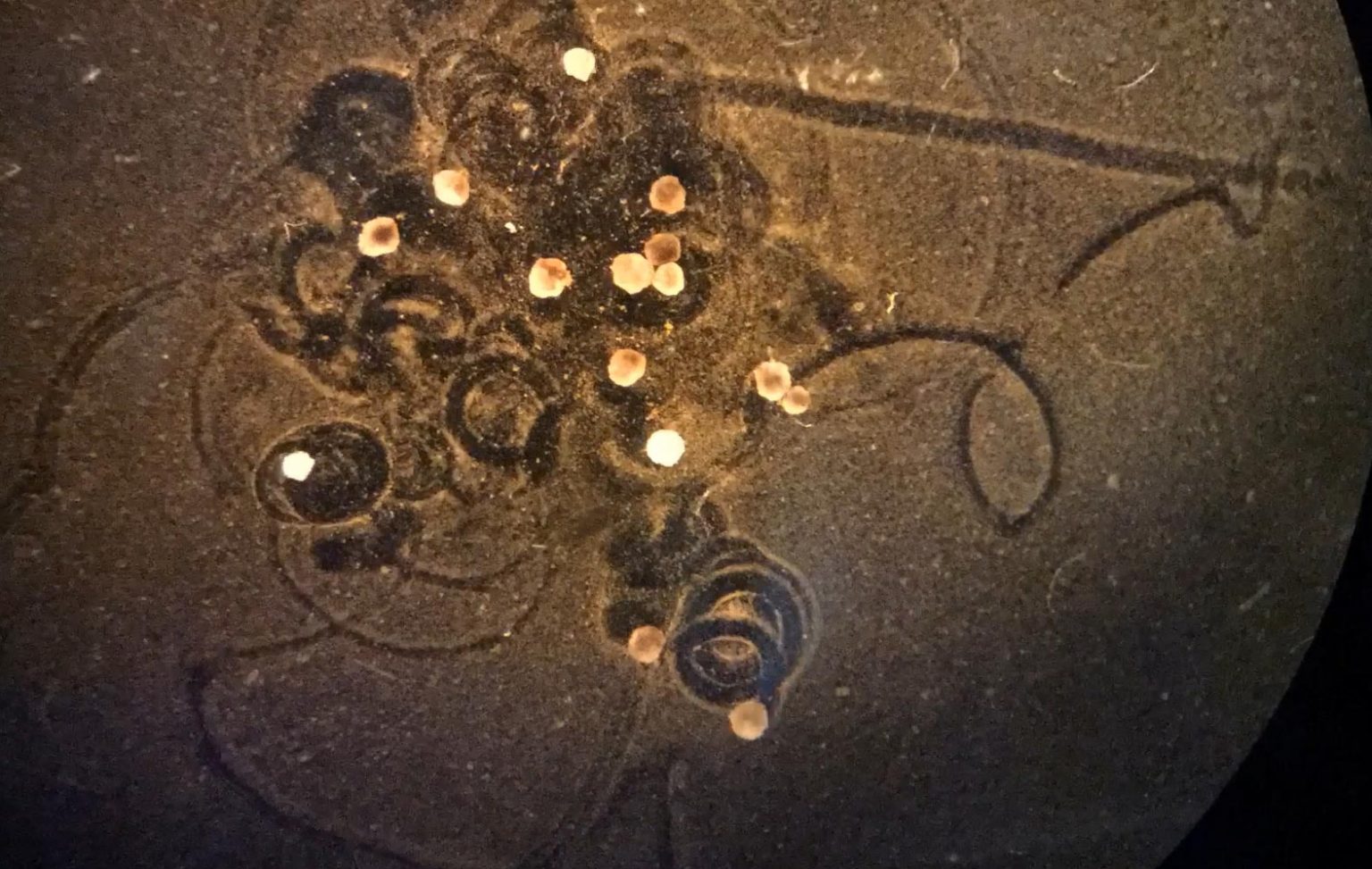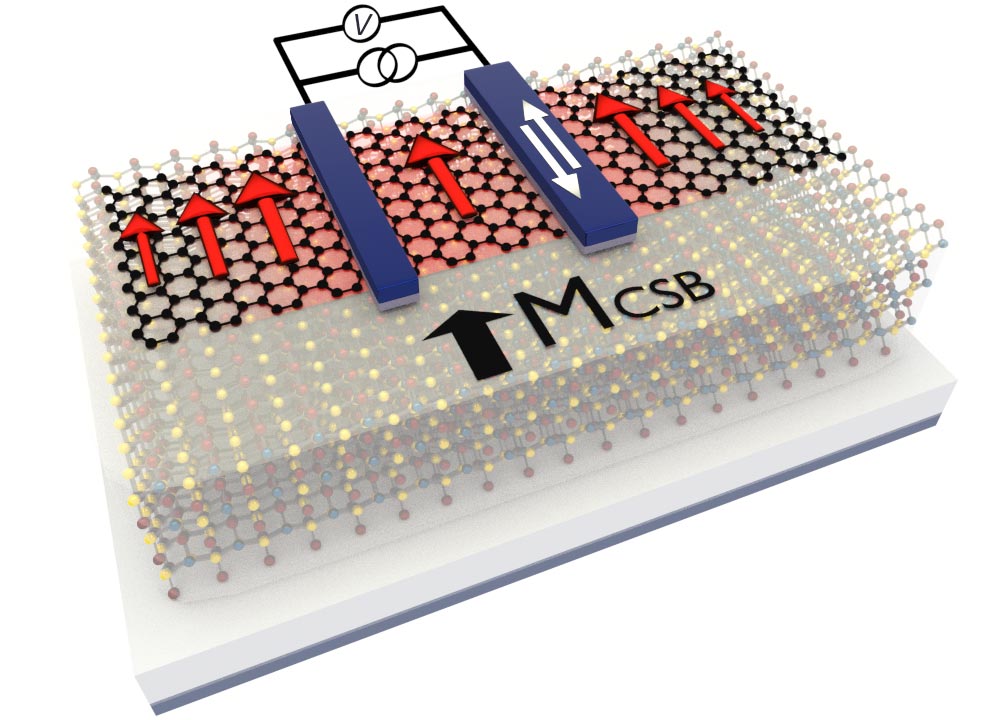Products
- Core Preparation
- Routine Core Analysis
- Special Core Analysis
- Reservoir Stimulation
- EOR
- IFT Measurement
- Fluid Sampling
- PVT
- Pump
- Drilling Laboratory
- Petroleum Laboratory
- Aniline Point Measuring Device
- Cloud Point Measuring Device
- Copper Corrosion Measuring Device
- Distillation Apparatus for Petroleum Fluids
- Ductility of Bituminous Materials Measuring
- Flash Point Measuring Device
- Ostwald’s Viscometer
- Penetration of Bituminous & Lubricating Grease Materials Measuring Device
- Pour Point Measuring Device
- Reid Vapor Pressure Measuring Device
- Saybolt Viscometer
- Smoke Point Measuring Device
- Softening Point of Asphalts & Tar Pitches Measuring Device
- Fluid Laboratory
Archives: Products
Showing 17–32 of 67 results
-
Smoke Point Measuring Device
Read moreThis device is capable of determining the smoke point of kerosene and aviation turbine fuels. This device burns fuel samples under controlled conditions for smoke point determinations of aviation turbine fuels and similar products. Moreover, it consists of a chimney, glass scale, curved glass window, candle socket, a candle with wick tube, and air vent.
Request for quote -
Distillation Apparatus for Petroleum Fluids
Read moreThis apparatus is designed and made as per the standards test method for distillation characteristics of petroleum products and the ASTM standard test method for distillation of Petroleum products at atmospheric pressure. It is suitable to determine the distillation characteristics of gasoline, aviation gasoline, jet fuels, and a solvent having a special boiling point, naphtha, diesel oil, distillate fuels, and similar petroleum products.
Request for quote -
Reid Vapor Pressure Measuring Device
Read moreThe REID vapor Pressure Measuring device is an automated Reid Vapor pressure instrument that measures the vapor pressure of gasoline, volatile crude oil, and other volatile petroleum products. The RVP test is used in various quality control and R&D applications. RVP tests measure the potential impact of gasoline on engine performance and help benchmark fuels for various emission regulatory compliance programs.
Request for quote -
Pour Point Measuring Device
Read morePour points expresses the lowest temperature of the sample which is kept in liquidity while cooled under certain standards. Pour point devices are generally used in labs that analyze oil produce (naphtha-biodiesel) while testing samples whether they are appropriate to the standards or not.
Request for quote -
Cloud Point Measuring Device
Read moreCold flow properties, such as Cloud Point and Pour Point, indicate how petroleum products behave at low temperatures. The test specimen is cooled at a specified rate and measured periodically. The highest temperature at which a cloud is first detected at the bottom of the test jar is recorded as the cloud point. The lowest temperature at which movement of the specimen is detected is recorded as the pour point. This device is designed to provide a highly accurate cloud of temperatures of petroleum products during cooling.
Request for quote -
Copper Corrosion Measuring Device
Read moreThe instrument is designed and made for the detection of copper corrosion from petroleum products by the copper strip tarnish test. It is suitable to determine the corrosiveness of gas, jet fuels, vehicle gasoline, natural gasoline, a hydrocarbon with Reid vapor Pressure, solvent oil, diesel oil, distillate oil, lubricating oil, and other petroleum products, to copper.
Request for quote -
Mud Circulation Structure
Read moreThe device is used as a simulator of the mud circulation system. The drilling fluid circulating system is like a close loop electric circuit through which drilling fluid (i.e. mud) can travel from the surface to all the way downhole and back to its initial point (i.e. mud pit). The cuttings are then separated from the mud, which is then recycled.
Request for quote -
Drilling Simulator Structure
Read moreThis apparatus is a real-time portable simulator drilling and equipment operations. Well control and crane training to the rig. Moreover, it replicates some physical process or operation to some level of fidelity. Reliable drilling simulator software can replicate the drilling process with a close level of fidelity. Different simulations with different parameters can identify the optimal results.
Request for quote -
Rheometer
Read moreVG meter measures the direct-indicating viscosity and the gel strength of the drilling fluid. It is a rotational cylinder and bob Rheometer. This instrument has 6 variable speeds. When the outer cylinder is full of drilling fluid, the inner cylinder rotates at a specific velocity. Hence, the torque which is exerted on the inner cylinder is measured accurately. Additionally, the viscosity is calculated based on the torque measurement.
Request for quote -
Auto Calcimeter Apparatus
Read moreThe Calcimeter accurately and quickly determines if the scale build-up is composed of calcium carbonate. The calcite to dolomite content of the unknown sample aids in determining which chemical treating program to implement. This apparatus measures the calcite and dolomite content of drilling cuttings automatically. Pressure data is transmitted to the software, and analysis is performed by online software. Hastelloy cell is resistant to hydrochloric cell.
Request for quote -
Calcimeter Apparatus
Read moreThis apparatus measures the calcium carbonate (calcite) and magnesium carbonate (dolomite) content in drilling cuttings. The test is based on the reaction between calcite and dolomite with hydrochloric acid and consequent carbon dioxide emission. The formation of carbon dioxide increases the cell pressure which is measured by an accurate pressure gauge. The calcite to dolomite content of the unknown sample aids in determining which chemical treating program to implement. The entire test procedure requires 15 to 30 minutes for both calcite and dolomite determination.
Request for quote -
Differential Sticking Tester
Read moreThis apparatus measures the stuck tendency coefficient of a drilling fluid. The probability of the occurrence of stuck pipe situation by drilling fluid, and also, the performance of an additive to the stuck solution could be measured by this setup. It takes into account both the stickiness and the cake-building capability of the drilling fluid. The Stuck Tendency Coefficient is determined by the Timed Filtrate Test. The unit can be pressurized by the CO2 regulator assembly or from any nitrogen source. If Nitrogen is to be used, the Sticking Tester must be fitted with a suitable Nitrogen regulator, gauges, relief valve, hose, and fittings.
Request for quote -
pH Meter
Read moreThis apparatus is designed to measure the pH of drilling fluids. This is capable to use fluids with wide ranges of pH values. Fundamentally, a pH meter consists of a voltmeter attached to a pH-responsive electrode and a reference electrode. The pH-responsive electrode is usually glass, and the reference is usually a silver-silver chloride electrode. When the two electrodes are immersed in a solution, they act as a battery. The glass electrode develops an electric potential that is directly related to the hydrogen-ion activity in the solution, and the voltmeter measures the potential difference between the glass and reference electrodes.
Request for quote -
Methylene Blue Test Set
Read moreThis apparatus measures the clay caution exchangeable capacity (CEC) of drilling mud. This test measures the amount of methylene blue dyes which is adsorbed by suspended clay in the drilling mud and Shows the number of reactive clays (bentonite and/or drill solids) present in drilling fluid. The Methylene Blue Test Kit contains all reagents, glassware, and hardware required to perform the methylene blue test according to the API recommended practice.
Request for quote -
Sand Content Set
Read moreThe sand content kit is a simple, accurate, and inexpensive sieve analysis apparatus for determining the sand content of drilling muds. Sieve analysis is the preferred method for sand content determination because of the reliability of the test and the simplicity of the equipment. The volume of sand, including that of void spaces between grains, is usually measured and expressed as a percentage by the volume of the drilling fluid.
Request for quote -
LPLT Filter Press
Read moreThis apparatus measures drilling fluid and cement filtration at ambient conditions based on API procedures. It is also applicable to check the wall-building (filter cake) properties of drilling mud and cement slurries using filter paper. This is the most effective means of determining the filtration properties of drilling muds and cement slurries. The basic unit has a cell assembly constructed of Stainless Steel and includes the required screen and gaskets.
Request for quote
Best offers
Customizing Orders Based On Customer Needs
Initial Setup & Installation
24x7 Support
Product Warranty & Guarantee
CIF Delivery
Know Us

The company provides new services based on state-of-art technologies, breaking into new markets, and eventually, stabilizing as a knowledge-based industrial group.
Read More
